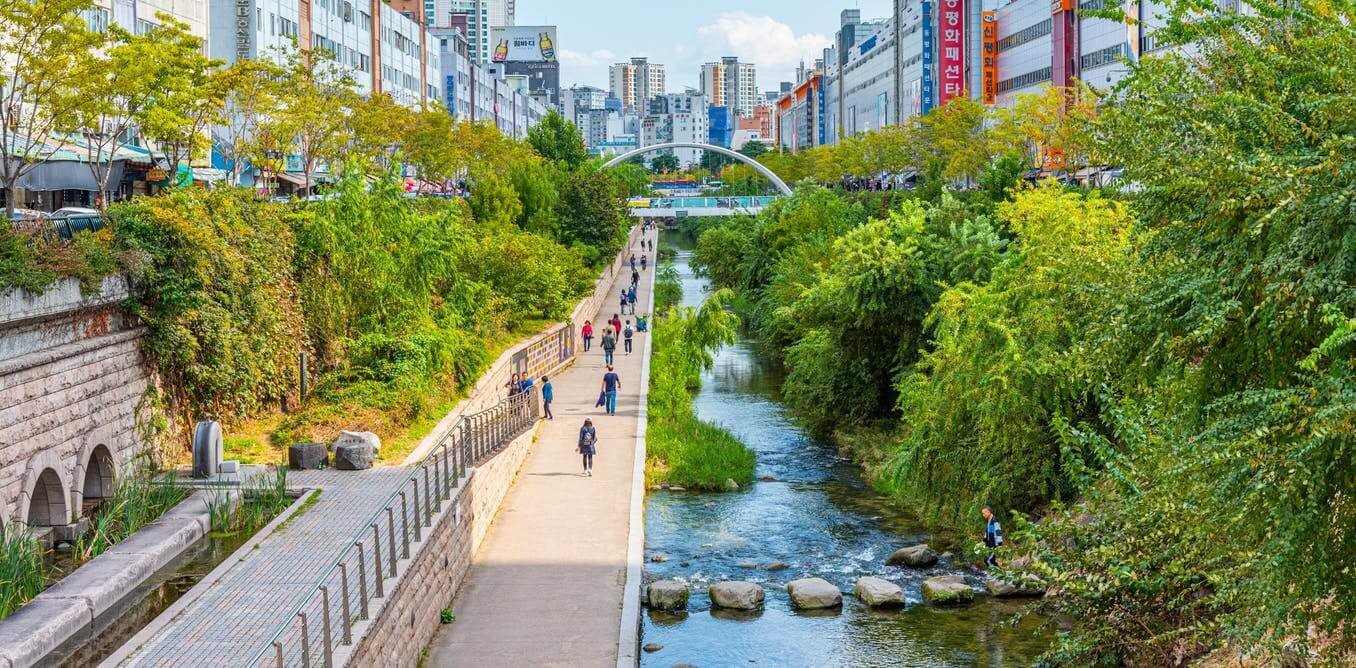Bologna, Italy’s potential co-op valley
Excellent short introduction on the city of Bologna, Italy, and why its history lends itself very well to a culture of co-ops. Over the last few decades, it’s been in the habit of various instances there to have the city act as both a “top-down catalytic developer” and as “backers of bottom-up grassroots movements,” combining the two approaches and cultivating complementary initiatives, which results in stronger partnerships that strengthen the local ecosystem.





